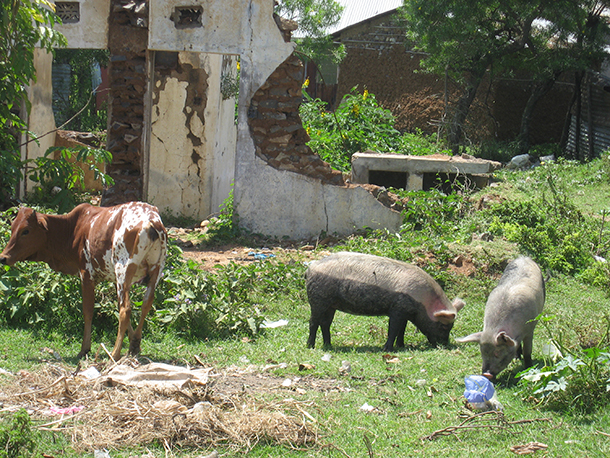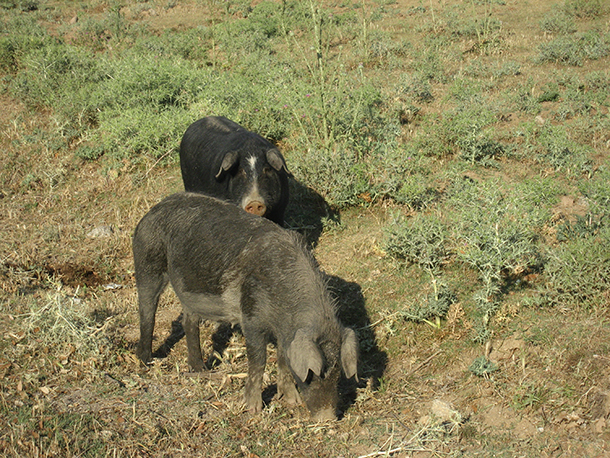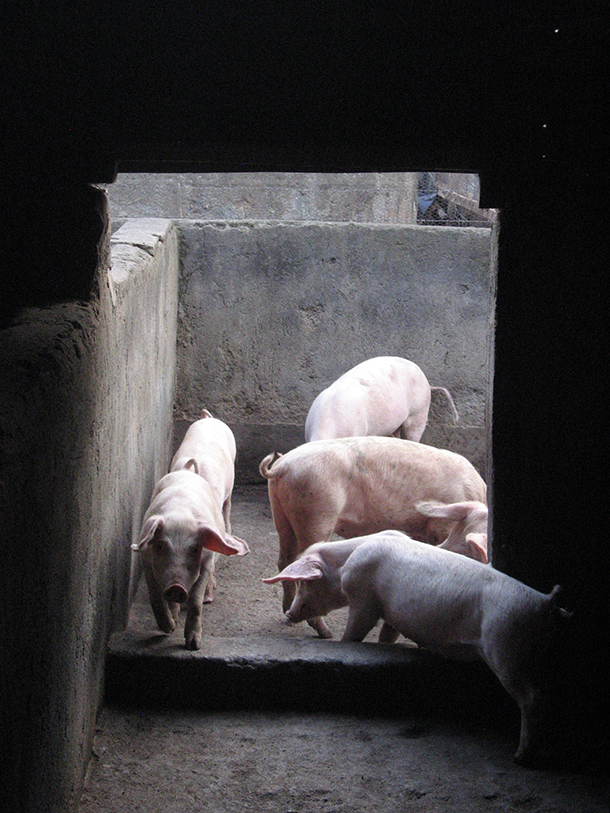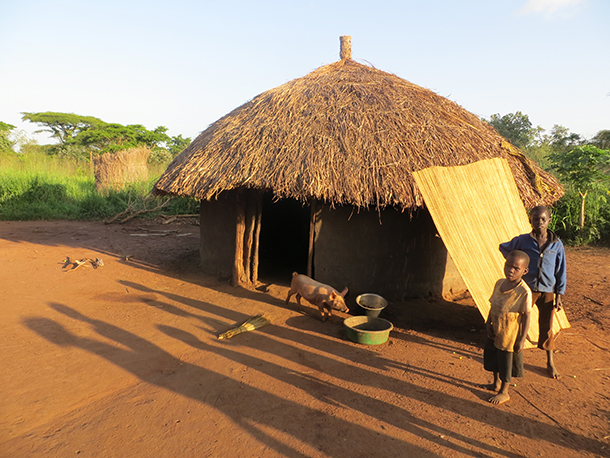Home \ Knowledge Hub \ Focus on \ Focus On… African Swine Fever – What to Expect?


01 Oct 2018
Focus On… African Swine Fever – What to Expect?
SHARE

DR DANIEL BELTRAN-ALCRUDO
FAO Animal Health Officer

African swine fever is no doubt one of the major animal health challenges worldwide. In today’s globalized world, any country with a pig or wild boar population could be next and should consider itself at imminent risk. Daniel Beltran, FAO Animal Health Officer, explores what to expect with this rapidly spreading disease.
Latest break through to Asia
What the pig sector had been fearing for some years now, became a reality on August 3, 2018, when China reported its first outbreak of African swine fever (ASF) in Liaoning Province. Genetic analysis confirmed that the virus is the same that is currently circulating in Eastern and Central Europe. The significance of the event cannot be understated, considering that China is home to over 50% of the pigs worldwide, about half of which are housed in backyard or small commercial farms characterized by low biosecurity, where disease prevention and control is most challenging. In less than one month, outbreaks had already been reported in six provinces, spanning several thousand kilometers.
Did you know that China is home to over 50% of the pigs worldwide? If ASF continues to spread at the current pace, it can disrupt the pig and pork market and affect food security at unprecedented scale.
The next few weeks will be critical to determine how the situation unfolds: either the Chinese authorities manage to contain the disease, or ASF will continue its rally throughout East and Southeast Asia, where Vietnam, the Philippines, Japan and Republic of Korea also rank among the top ten pork producers in the world. If the disease continues to spread at the current pace, it won’t be difficult to predict a great disruption in the pig and pork global market, as well as in terms of food security.

Wreaking havoc in Europe
China is not the only active front of ASF. The disease is endemic in most Sub-Saharan Africa, and is also spreading rapidly within the European Union, despite the millions of Euro invested in its control, drastic stamping out, fences built along borders, and extensive awareness campaigns. The situation is best exemplified by Romania, where over the last few weeks, the 2nd largest farm in Europe, together with hundreds of outbreaks in backyard farms have been affected.

African swine fever is no doubt one of the major animal health challenges worldwide. The absence of an effective control strategy stems from the absence of a vaccine or treatment, and due to how the disease changes its epidemiological behaviour when being introduced to different agro-ecological landscapes.
The ability of the disease to change its epidemiological behaviour in different agro-ecological landscapes makes it difficult to project the spread scenarios. In the absence of vaccine or treatment this greatly enhances the difficulty to find effective control strategies.
Only in Europe, the disease has presented itself with a range of strategies, starting with the endemic scenario linked to free-ranging pigs and soft ticks in the Iberian Peninsula (until its eradication in the 90s), or just the free-ranging pigs in Sardinia (where it still persist today), the persistence in backyard system with regular spill overs to wild boar in Eastern Europe and the Caucasus, the slow but gradual spread in wild boar in the Baltic States and Poland, and ending with the current bushfire-like spread in Romania’s domestic pig sector. How the disease will behave in China, where pig numbers and densities are unseen elsewhere and the potential role of wild boar is unknown, is not easy to predict.
Worldwide challenge
African swine fever is one of the major animal health challenges worldwide. In today’s globalized world, any country with a pig or wild boar population could be next and should consider itself at imminent risk. Now it is time to take actions.
What is for sure is that if ASF manages to get established in China, the risk to the rest of the world will increase exponentially. Given the great resistance of the ASF virus in the environment and all sorts of meat products, it is not difficult to imagine what may happen when millions of tourists, foreign workers, and diaspora communities start travelling back and forwards to China bringing meat products, or shipping them through the mail. It is only a matter of time until a piece of infected meat will end up in the swill fed to a pig, or among picnic leftovers eaten by a wild boar, starting the ASF cycle again in an uninfected country. In today’s globalized world, any country with a pig or wild boar population could be next and should consider itself at imminent risk. This is perfectly illustrated by the ASF-infected wild boar just reported in Belgium, 1,250 km away from the closest outbreak.
Awareness is key
Therefore, now is the time to start taking actions to prevent further incursions in new territories. Perhaps more than other animal diseases, ASF is mostly spread by humans, i.e. their behaviour and socioeconomics. Therefore, awareness and education are the most effective tool against ASF.
Did you know that ASF spread spreads mostly due to human behaviour, such as feeding pigs with leftovers? Education is the most effective tool against it. Awareness is needed on all levels and everyone along the pig/pork value chain plays a role in prevention.
Awareness starts with all those who travel to infected countries, who must be aware of the risks of bringing any pork products back. It follows with farmers, middlemen, butchers and others along the pig/pork value chain, who should know about the dangers of feeding uncooked swill, allowing pigs to scavenge, and the importance of immediately reporting about any pig mortality event to the veterinary services. And ends with hunters, rangers and anyone who may come across carcasses of infected wild boar, who need understand the importance of timely reporting to the relevant authorities.

Biosecurity
Biosecurity stands at the same level of importance as awareness. At the national level, through a tighter control at the borders to prevent the traffic or smuggling of pork products into the country or to ensure the safe disposal of potentially contaminated port and airport catering leftover foods, but mostly at the farm level. Pig farms need to step up their biosecurity measures, particularly the less biosecure commercial farms and those in backyard settings.
Low biosecurity and backyard farms are high risk settings often associated with ASF spread and persistence. It is essential that pig farms step up their biosecurity measures.

Indeed, the spread and persistence of ASF is often associated with these production systems, where preventing and controlling diseases is most challenging due to their lower levels of awareness and poor compliance to regulations (reporting, movement control, certifications, vaccination, etc.), lack of animal identification and traceability, or sometimes access to veterinary advice. Moreover, often little is known about these systems and trade networks due to their mostly informal nature, thus efforts have to be made to better understand them through value chain mapping and surveys.
DR DANIEL BELTRAN-ALCRUDO
FAO Animal Health Officer
The views and opinions expressed in this article are those of the author.

